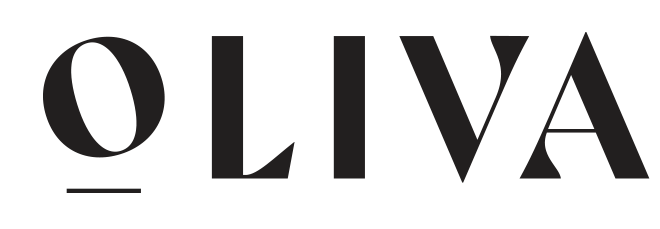
09 Aug Detox Your Home: A Room-by-Room Guide
Many harmful (or potentially harmful) chemicals that are regulated or outright banned in other countries are unregulated in the US. And they end up in our homes. It’s difficult enough to read a label on a supplement or beauty product and sort out what’s safe and what’s not. But harmful chemicals hiding in furniture, mattresses, and other home products may be even harder to catch: Sheet pans and throw pillows, you might have noticed, don’t typically come with a full list of the materials they’re made of. Nor do furniture, mattresses, linens, carpets, cookware, shower curtains, or cleaning products. Even when brands claim their products are made with healthier materials, it’s difficult to verify whether those claims can be trusted. Terms like “natural,” “green,” and “clean” aren’t regulated, so you can’t rely on those labels to tell you whether a product is safe. Instead, you should look for third-party certifications that can guarantee a product lives up to its claims. For personal-care products, the Environmental Working Group’s Skin Deep Database ranks product safety on a numerical scale. For cleaning products, see the EWG’s Guide to Healthy Cleaning.
We’re not suggesting throwing out everything you own. But when an opportunity comes along to make a healthier choice, consider taking it. Replace conventional cleaning products as you go through them, swap out your old candles for ones made with a transparent ingredient list, and toss your nonstick pans when they start to get scratched up. Appliances that remove toxicants from your home environment—like air purifiers and water filters—make a big difference, too.
Bedroom
Considering how much time you spend in contact with your bed—sleeping, sex, spending a long morning with a latte and a book—a mattress made with safe materials is critical. Any mattress brand that claims it is nontoxic, natural, or organic should provide legitimate third-party certifications that ensure that your mattress contains no petroleum-based polyurethane foams, flame retardants, or any other potentially harmful chemicals that could off-gas into your home and pollute the air. Look for: Made Safe to confirm a mattress is nontoxic; Greenguard Gold to confirm it’s low-emissions; and GOTS, GOLS, and USDA Organic to confirm its materials are organic.
Bathroom
The process used to bleach paper products, including toilet paper, creates chemicals called dioxins and furans, which can irritate the skin. Which is why it’s recommended to switch to bamboo toilet paper from No. 2, which is free of chlorine bleach, fragrance, dyes, and BPA plastic packaging. (The paper wrapping No. 2 uses instead is Responsible Forestry Certified by the Forest Stewardship Council.) And because bamboo doesn’t require nearly as much water, space, or time to grow as wood does, it’s also much less taxing on the environment than conventional TP, which is responsible for between 10 to 15 percent of deforestation worldwide, according to the Natural Resources Defense Council.
Kitchen
Skip conventional nonstick—it’s made with synthetic plastic coatings like Teflon that might leech PFOAs into your food if the coating gets damaged. Instead, choose cookware made with stainless steel, cast-iron, and nontoxic ceramic.
Living Room
Conventional candles, air fresheners, and room sprays use any number of endocrine disruptors, skin and lung irritants, and potentially toxic compounds as fragrance. Which is why we opt for clean, soy-based candles and well-made essential oils from companies that are transparent about their ingredient lists.
Laundry Room
Swap out conventionally-fragranced laundry detergents—they could be filled with hormone-disrupting phthalates, which are used to make fragrances stick—for something with clean ingredients. Blueland’s laundry tablets are made without phthalates, parabens, or ammonia, and they’re made without plastic, either. (The water-soluble plastic used for conventional detergent pods may seem to disappear in the wash, but about 75 percent of it does not biodegrade and ends up in the environment as microplastics.) Fabric softeners and dryer sheets don’t actually soften the fibers in your clothes and linens—they work by depositing a coating of positively charged particles onto your laundry, which reduces static between layers of fabric. They may also come loaded with preservatives, colorants, quaternary ammonium compounds (which can trigger asthma and disrupt reproductive health), and fragrance. The Environmental Working Group recommends trading in-wash fabric softener for distilled white vinegar and dryer sheets for wool dryer balls.

